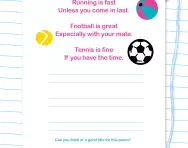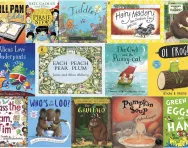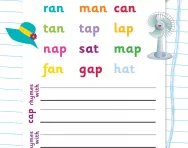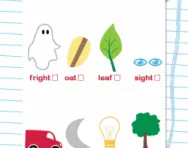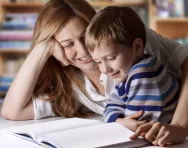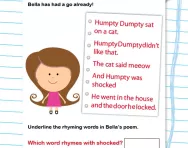Important update from TheSchoolRun
For the past 13 years, TheSchoolRun has been run by a small team of mums working from home, dedicated to providing quality educational resources to primary school parents. Unfortunately, rising supplier costs and falling revenue have made it impossible for us to continue operating, and we’ve had to make the difficult decision to close. The good news: We’ve arranged for another educational provider to take over many of our resources. These will be hosted on a new portal, where the content will be updated and expanded to support your child’s learning.
What this means for subscribers:
- Your subscription is still active, and for now, you can keep using the website as normal — just log in with your usual details to access all our articles and resources*.
- In a few months, all resources will move to the new portal. You’ll continue to have access there until your subscription ends. We’ll send you full details nearer the time.
- As a thank you for your support, we’ll also be sending you 16 primary school eBooks (worth £108.84) to download and keep.
A few changes to be aware of:
- The Learning Journey weekly email has ended, but your child’s plan will still be updated on your dashboard each Monday. Just log in to see the recommended worksheets.
- The 11+ weekly emails have now ended. We sent you all the remaining emails in the series at the end of March — please check your inbox (and spam folder) if you haven’t seen them. You can also follow the full programme here: 11+ Learning Journey.
If you have any questions, please contact us at [email protected]. Thank you for being part of our journey it’s been a privilege to support your family’s learning.
*If you need to reset your password, it will still work as usual. Please check your spam folder if the reset email doesn’t appear in your inbox.
What is rhyme?
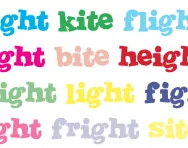
What is rhyme?
When two words rhyme they have word endings that sound similar. For example:
I love to write poems that rhyme
I do this often in my spare time.
Rhyme in Key Stage 1
Children in Year 1 and Year 2 will read, perform and write their own poems involving rhyme.
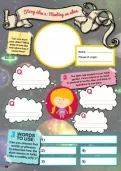
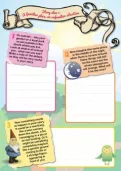
Download a FREE Creative Writing toolkit!
- KS1 & KS2 workbooks
- Bursting with fill-in prompt sheets and inspiring ideas
- Story structure tips, style guides and editing suggestions
A teacher will start with an engaging poem to read to the class. Children will be encouraged to read the poem altogether out loud and perhaps to memorise it. They may then go onto performing the poem in pairs or groups, with the accompaniment of musical instruments and actions. They may then be encouraged to contribute ideas to the teacher so that she or he can write a poem on the board. They may move onto writing their own poems using a writing frame, for example:
My friend the alien had seven blue toes
My friend the alien had ____________ nose.
(The child simply needs to add adjectives and not find a rhyming word.)
For more able children the following might be appropriate:
The friend the alien had seven blue toes
My friend the alien ______________________
(In this case, the child would need to complete the line, making sure it ended with a word rhyming with 'toes'.) Teachers will often get children to generate a list of words rhyming with 'toes' to help them before they do this.
If your child enjoys rhymes, why not explore traditional nursery rhymes like The Muffin Man, Pop! Goes the Weasel and Oranges and Lemons with them?
Rhyme in Key Stage 2
In Year 3, Year 4, Year 5 and Year 6 English children will read a variety of rhyming poems and will be asked to comment on the rhyme scheme.
My grubby little brother
Doesn't like to take a shower,
He goes for ages without a wash
While I smell like a flower!
Here, because the second and fourth lines rhyme, but the first and third lines don't rhyme, we would say the rhyme scheme is ABCB.
Sometimes a poem is written in rhyming couplets:
My auntie wears a floppy hat,
Lopsided glasses and a pink cravat.
She wears orange tartan braces,
Shiny red shoes with fluorescent laces.
Here, we would say the rhyme scheme was AABB.
Children in Key Stage 2 will look at rhyme schemes and will usually follow the same teaching sequence as in Key Stage 1, where they read poems aloud and then perform them. They will then be encouraged to write their own poems in a similar style. Children who find this difficult are often given a writing frame to support their ideas, but some children will be able to write their own rhyming poems from scratch.


